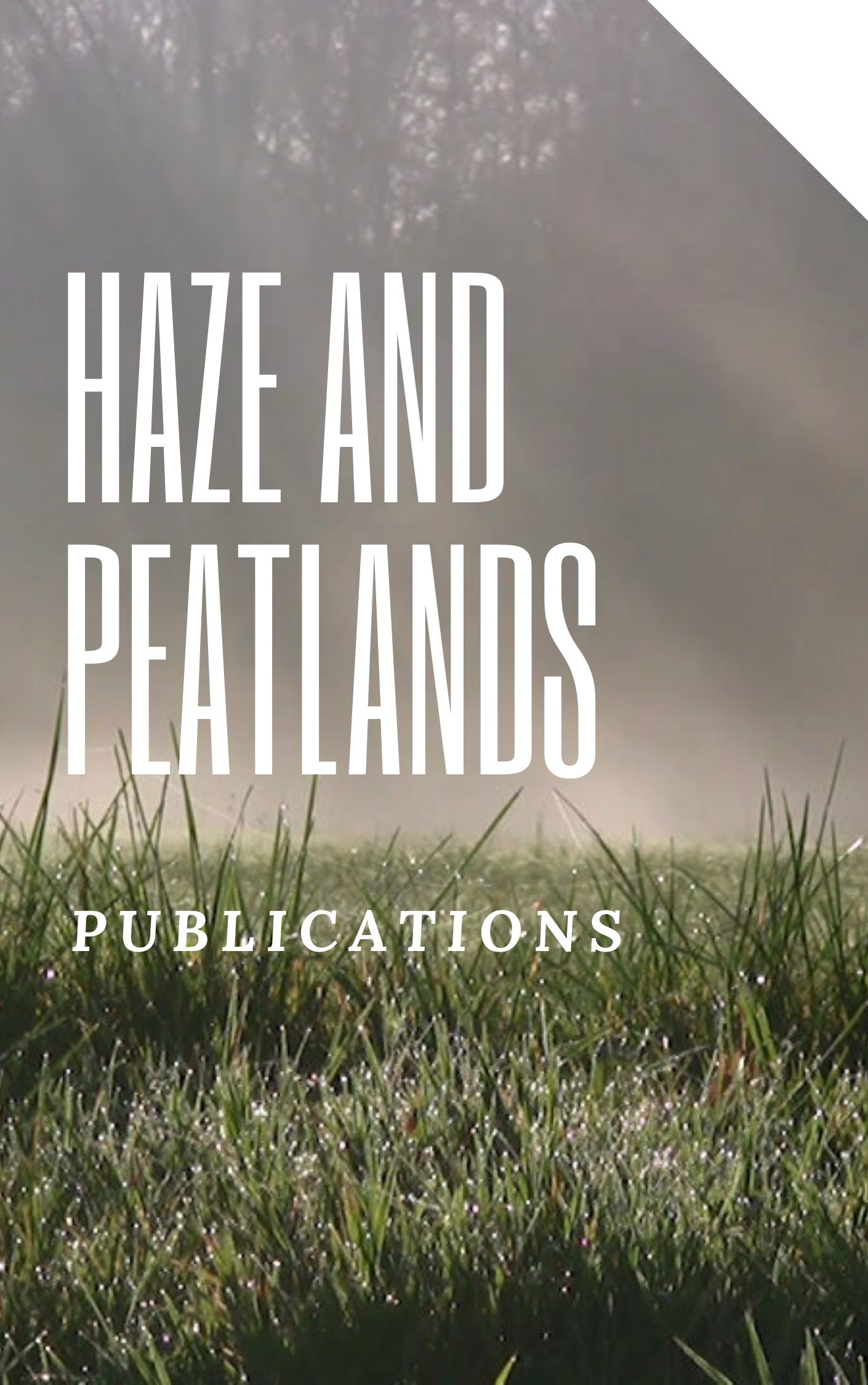This study explored the potential for predicting the quantities of microplastics (MPs) from easily measurable parameters in peatland sediment samples. We first applied correlation and Bayesian network analysis to examine the associations between physicochemical variables and the number of MPs measured from three districts of the Long An province in Vietnam. Further, we trained and tested three machine learning models, namely Least Square Support Vector Machines (LS-SVM), Random Forest (RF), and Long Short-Term Memory (LSTM) to predict the composite quantities of MPs using physicochemical parameters and sediment characteristics as predictors. The results indicate that the quantity of MPs and characteristics such as color and shape in the samples were mostly influenced by pH, TOC, and salinity. All three predictive models demonstrated considerable accuracies when applied to the testing dataset. This study lays the groundwork for using basic physicochemical variables to predict MP pollution in peatland sediments and potentially locations and environments.
View source

